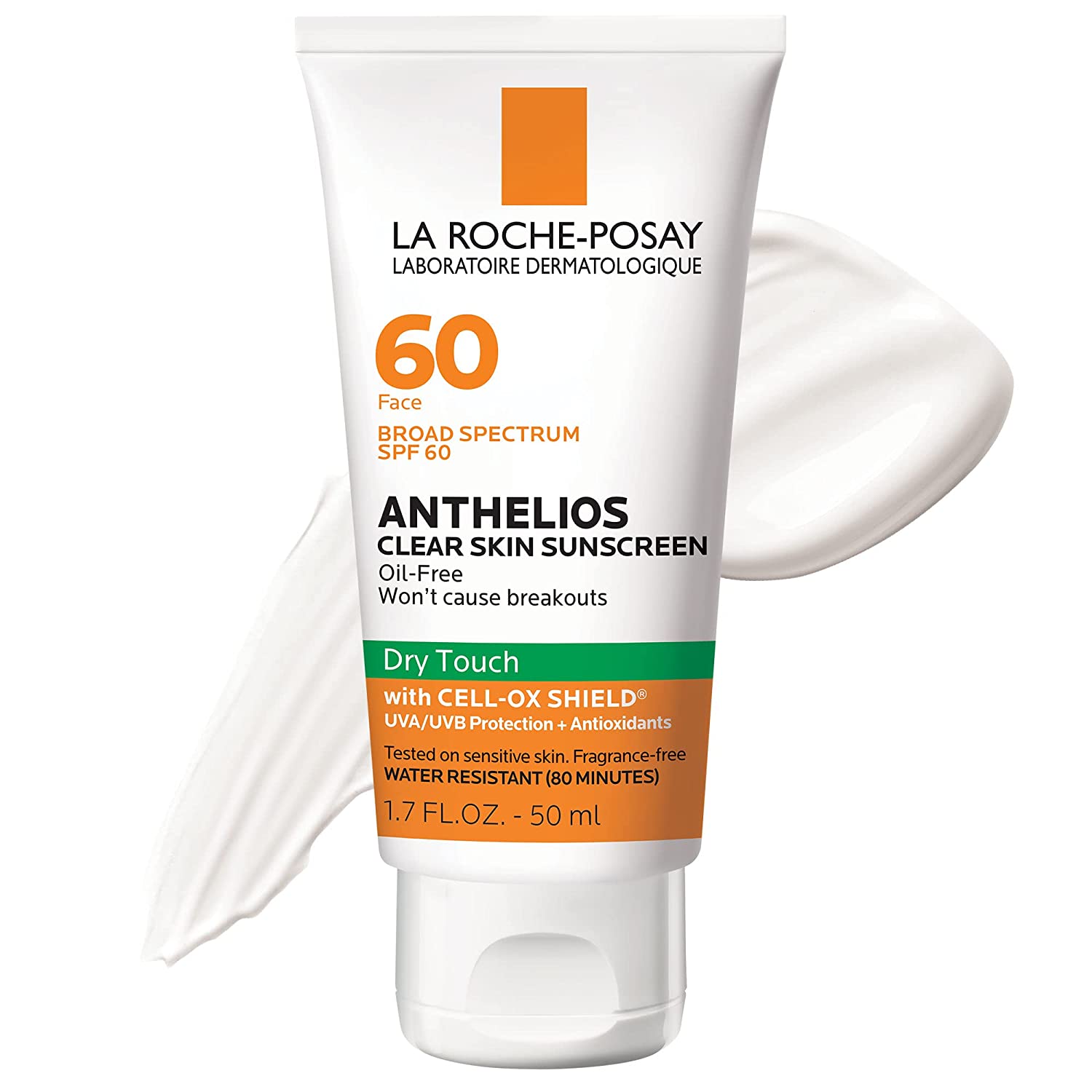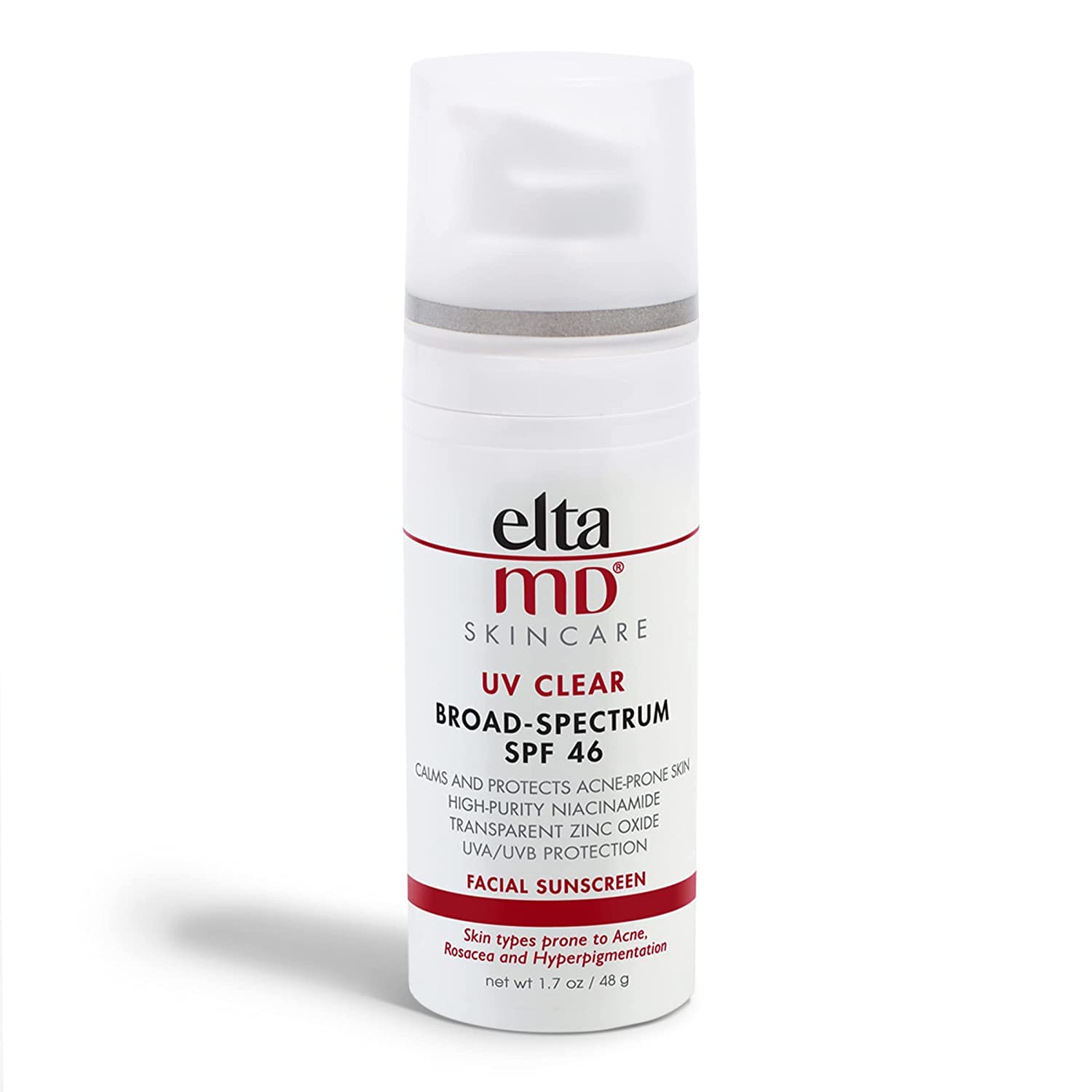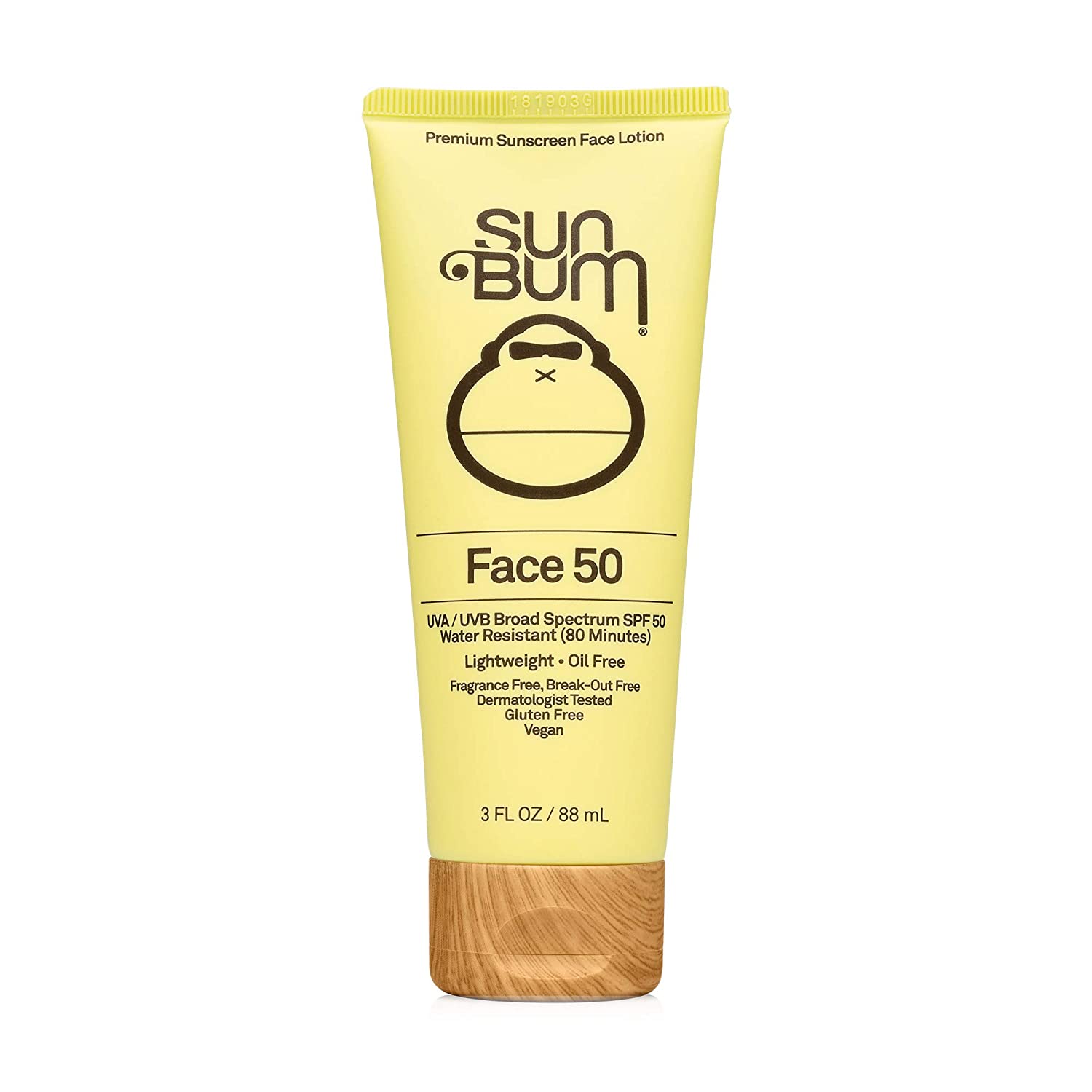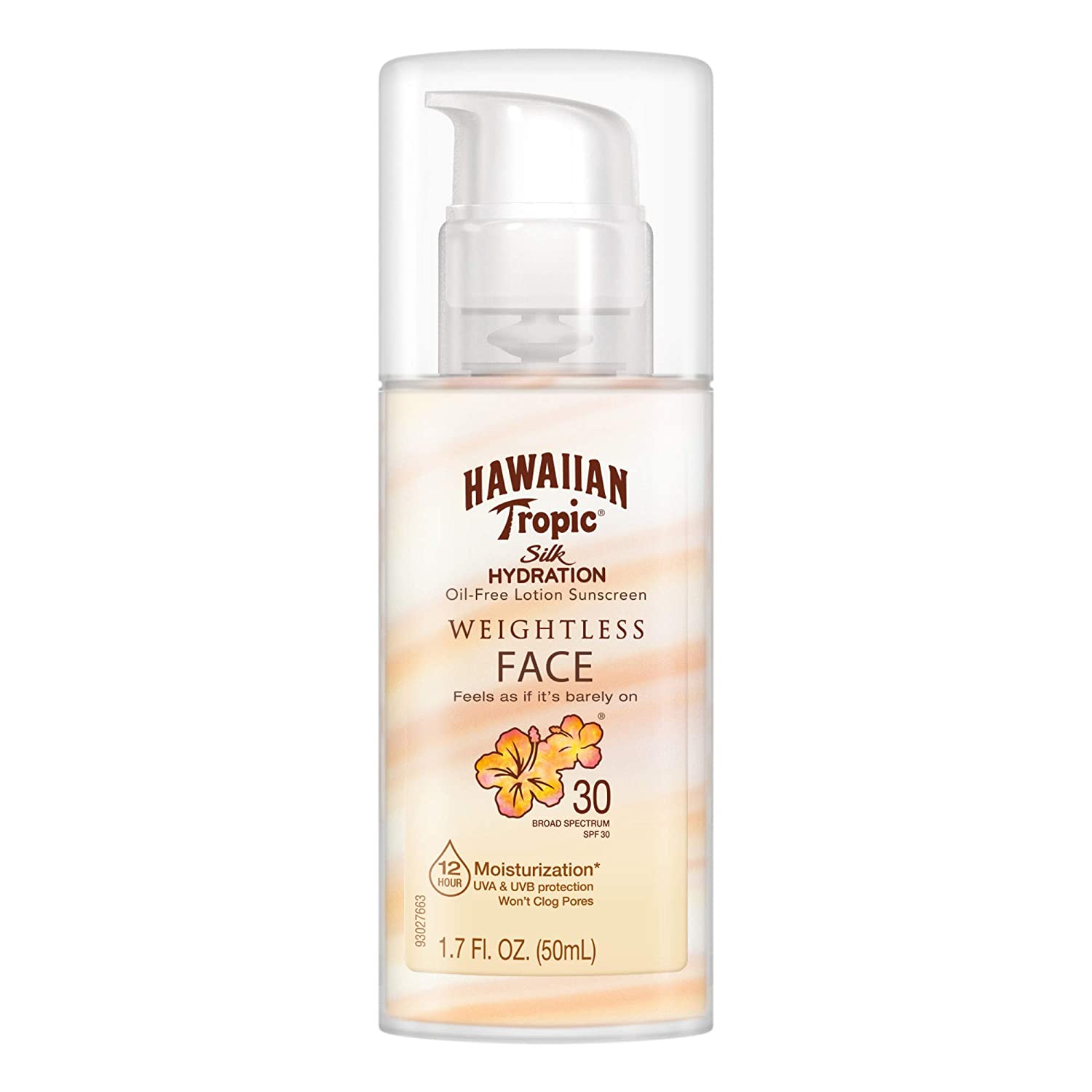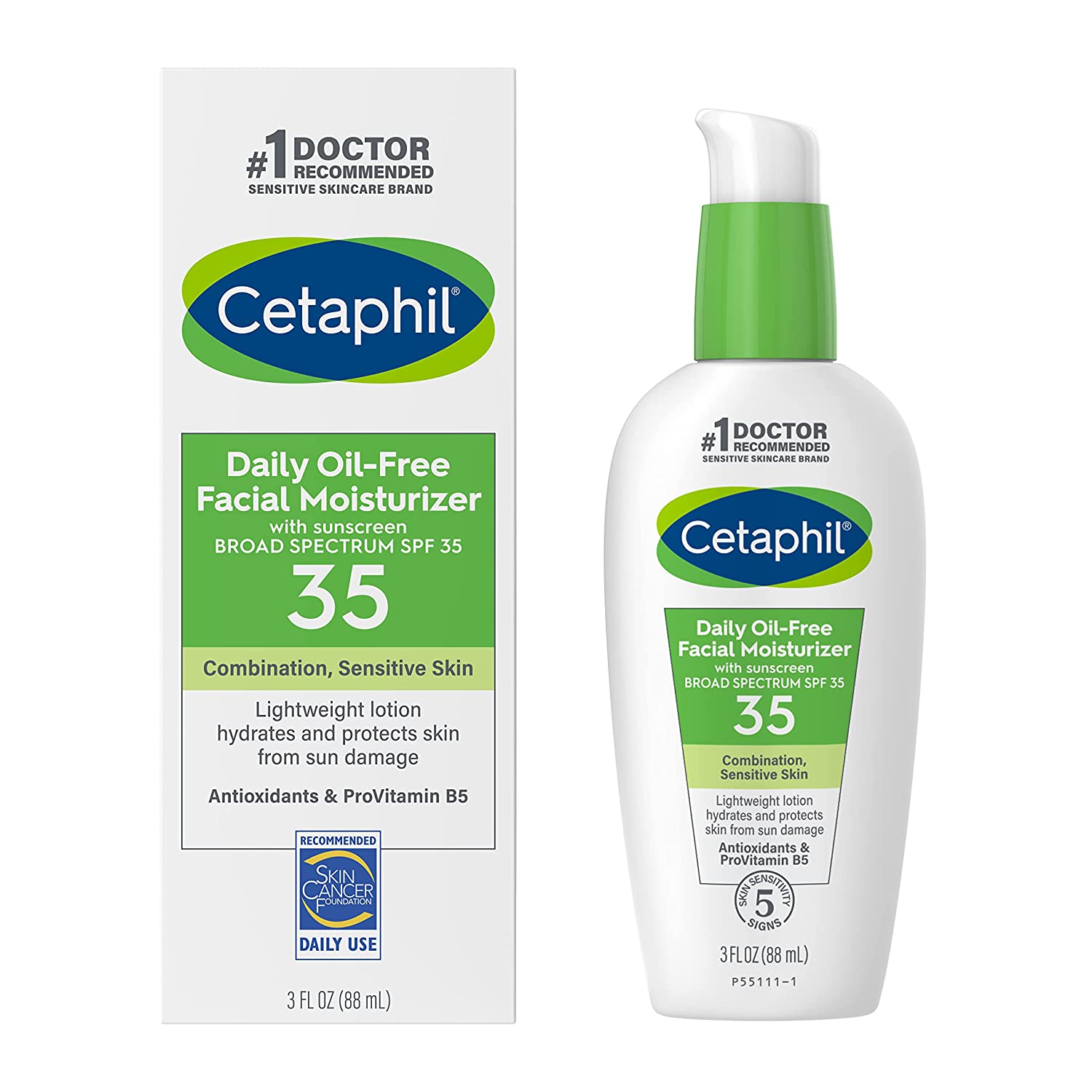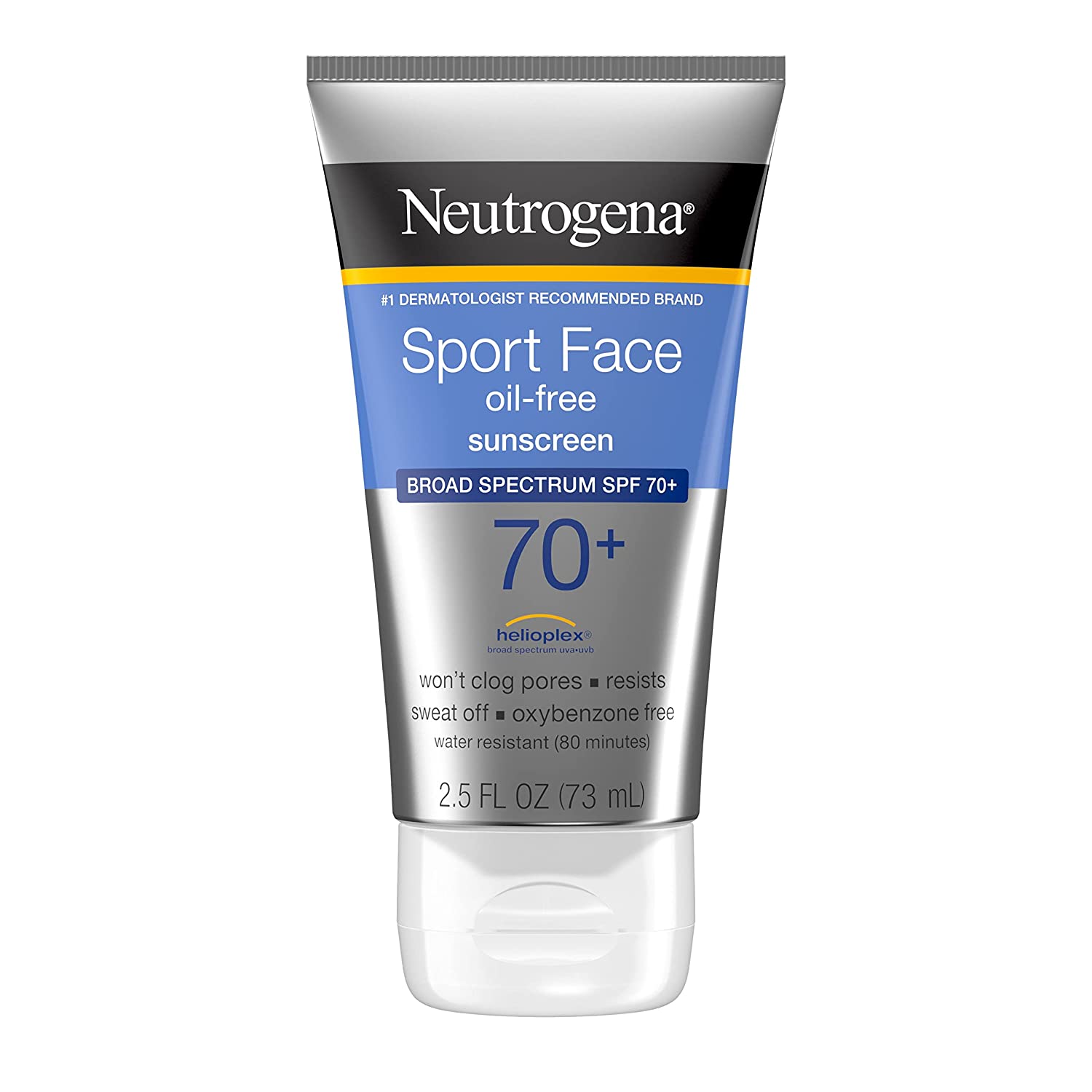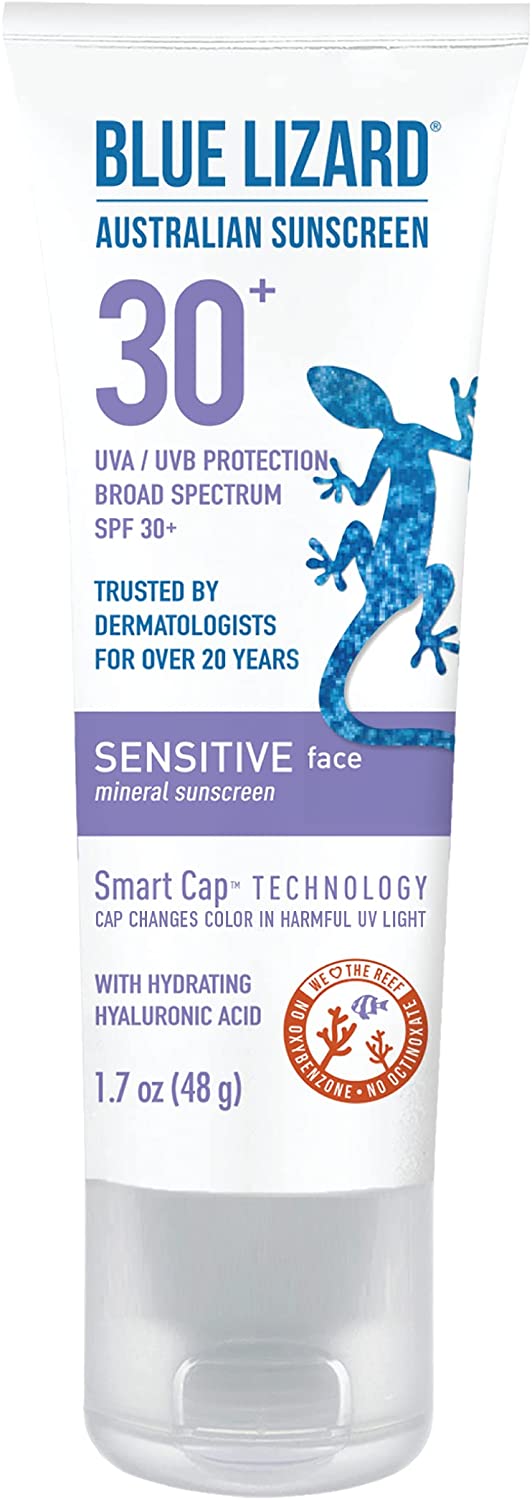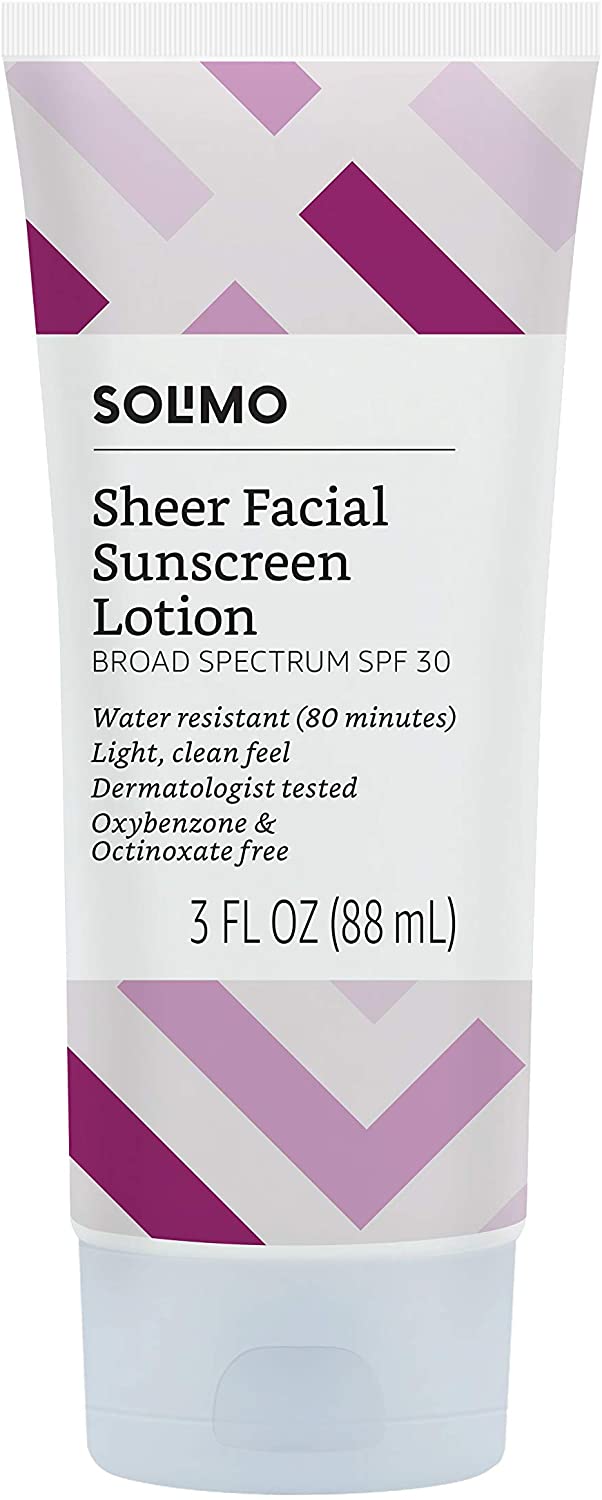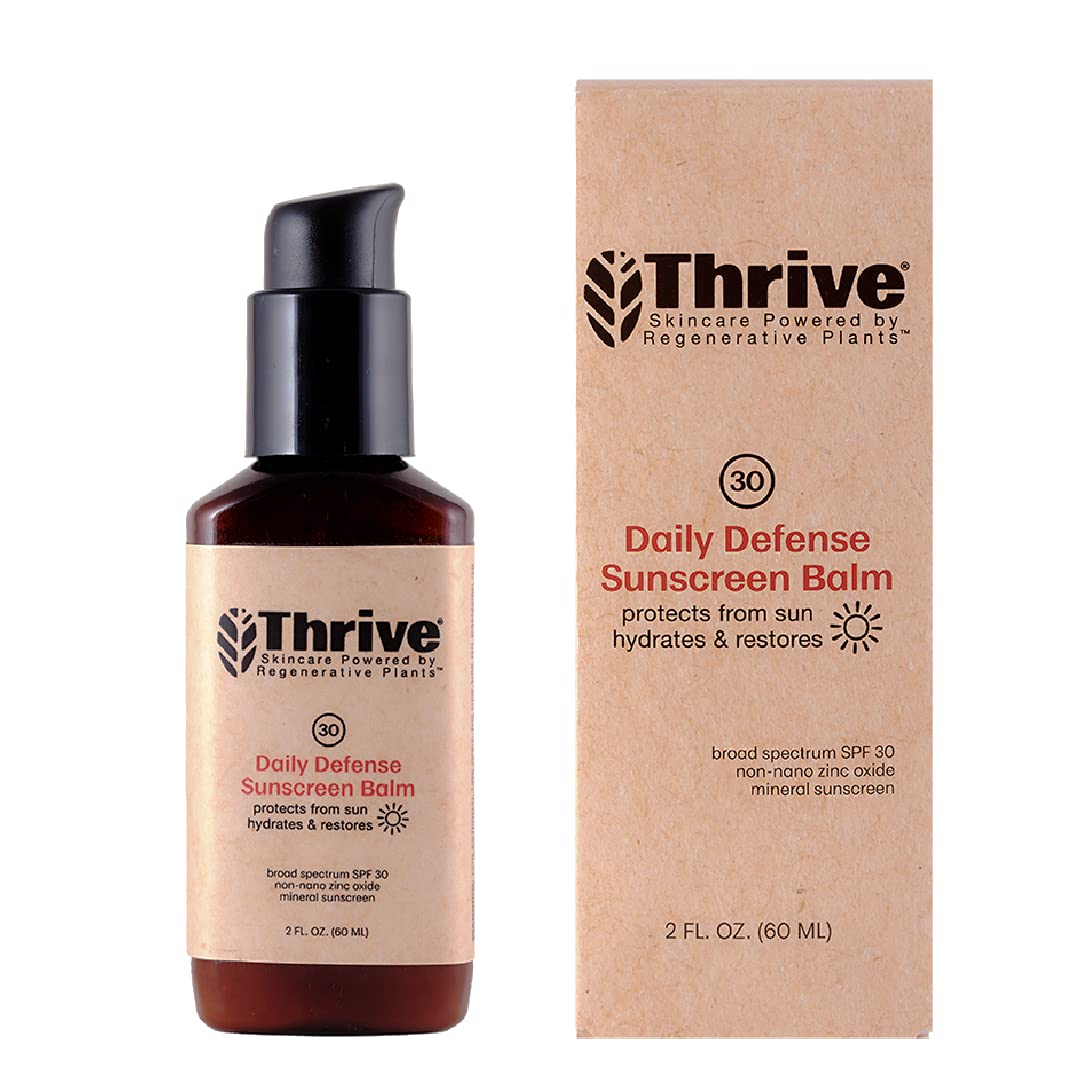La Roche-Posay SPF 60 Oxybenzone-Free Facial Sunscreen
Last updated: July 19, 2022
Designed for people with oily skin, this chemical sunscreen avoids ingredients that can cause acne to flare up or irritate the face. It has an SPF 60 rating and is suitable for swimming on hot days.
We looked at the top Facial Sunscreens and dug through the reviews from some of the most popular review sites. Through this analysis, we've determined the best Facial Sunscreen you should buy.
Product Details
Key Takeaway: If you usually experience acne, consider this non-clogging formula that also minimizes irritation.
In our analysis of 17 expert reviews, the La Roche-Posay SPF 60 Oxybenzone-Free Facial Sunscreen placed 4th when we looked at the top 9 products in the category. For the full ranking, see below.From The Manufacturer
Face sunscreen for oily skin with broad spectrum SPF 60 protection, Oxybenzone-free. Sunscreen absorbs pore-clogging oil, even in heat & humidity. Formulated with Cell-Ox Shield technology. Suitable for sensitive skin. Combines UVA/UVB filters to deliver broad spectrum SPF 60 and antioxidants to protect skin from free radicals. Apply sunscreen 15 minutes before sun exposure. Directions on package. With makeup, apply sunscreen first.
